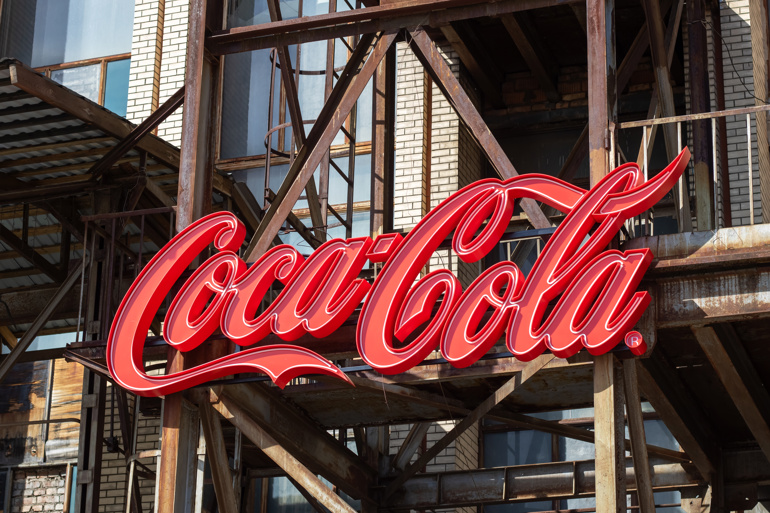Background
By the mid-80s, Coca-Cola was losing market share to its competitors, most notably Pepsi. Pepsi launched an aggressive marketing campaign, including the Pepsi Challenge, which showed consumers preferring the taste of Pepsi over Coca-Cola in blind taste tests. In a panic, Coca-Cola decided to reformulate its signature product.
Poor project management elements
- Lack of market research
Focus on the wrong metric: Coca-Cola conducted 190,000 blind taste tests that showed consumers preferred the taste of the new formula over both the original Coke and Pepsi. However, the tests focused solely on taste in a controlled environment, without considering the emotional attachment consumers had to the original Coke. The company failed to recognise that Coca-Cola was more than just a beverage; it was a cultural icon.
Inadequate feedback mechanisms: The company did not adequately test how consumers would react to the idea of permanently replacing the original Coke. While taste tests were favourable, they didn't capture the emotional backlash that would ensue when consumers learned that the original formula would no longer be available. Within weeks of the announcement, the company was fielding 5,000 angry phone calls a day. By June, that number grew to 8,000 calls a day, a volume that forced the company to hire extra operators.
- Poor change management:
Inadequate communication strategy: The rollout of New Coke was poorly communicated. The company did not effectively convey the rationale behind the change or manage the expectations of its loyal customers. As a result, many felt alienated and betrayed by the brand.
Lack of stakeholder engagement: Coca-Cola failed to engage its key stakeholders—its customers. The decision was made at the corporate level without adequately involving or considering the perspectives of the consumers, leading to widespread dissatisfaction.
- Misaligned objectives:
Focus on short-term gains: Coca-Cola was focused on beating Pepsi in taste tests and regaining market share. However, this short-term objective led to a decision that ultimately harmed the long-term value of the brand. The company did not fully consider the broader impact on its brand equity and consumer trust.
Having said that, in spite of the uproar, Coca-Cola came out of the fiasco with an even stronger market presence, as consumers renewed their bond with the iconic brand. New Coke ultimately reinforced the company’s dominance in the drinks industry, leading some conspiracy theorists to speculate that this was the intended strategy from the start.
- Failure to adapt:
Delayed response to feedback: Although Coca-Cola eventually reintroduced the original formula as ‘Coca-Cola Classic,’. This decision came only after a considerable amount of damage had been done; On the New York Stock Exchange, Coca-Cola's shares declined, while its competitor's shares increased. Pepsi granted its employees a day off and proclaimed victory with full-page newspaper ads stating, "After 87 years of going at it eyeball to eyeball, the other guy just blinked."
The company's slow response to consumer outrage demonstrated a lack of agility in adapting to unforeseen challenges.
The New Coke debacle is a textbook example of how poor project management—especially in terms of inadequate market research, ignoring brand loyalty, and ineffective change management—can lead to significant product and brand failure.
To learn more about project management skills and what to do with them, check out our courses today.
Header image by Vera Aksionava



